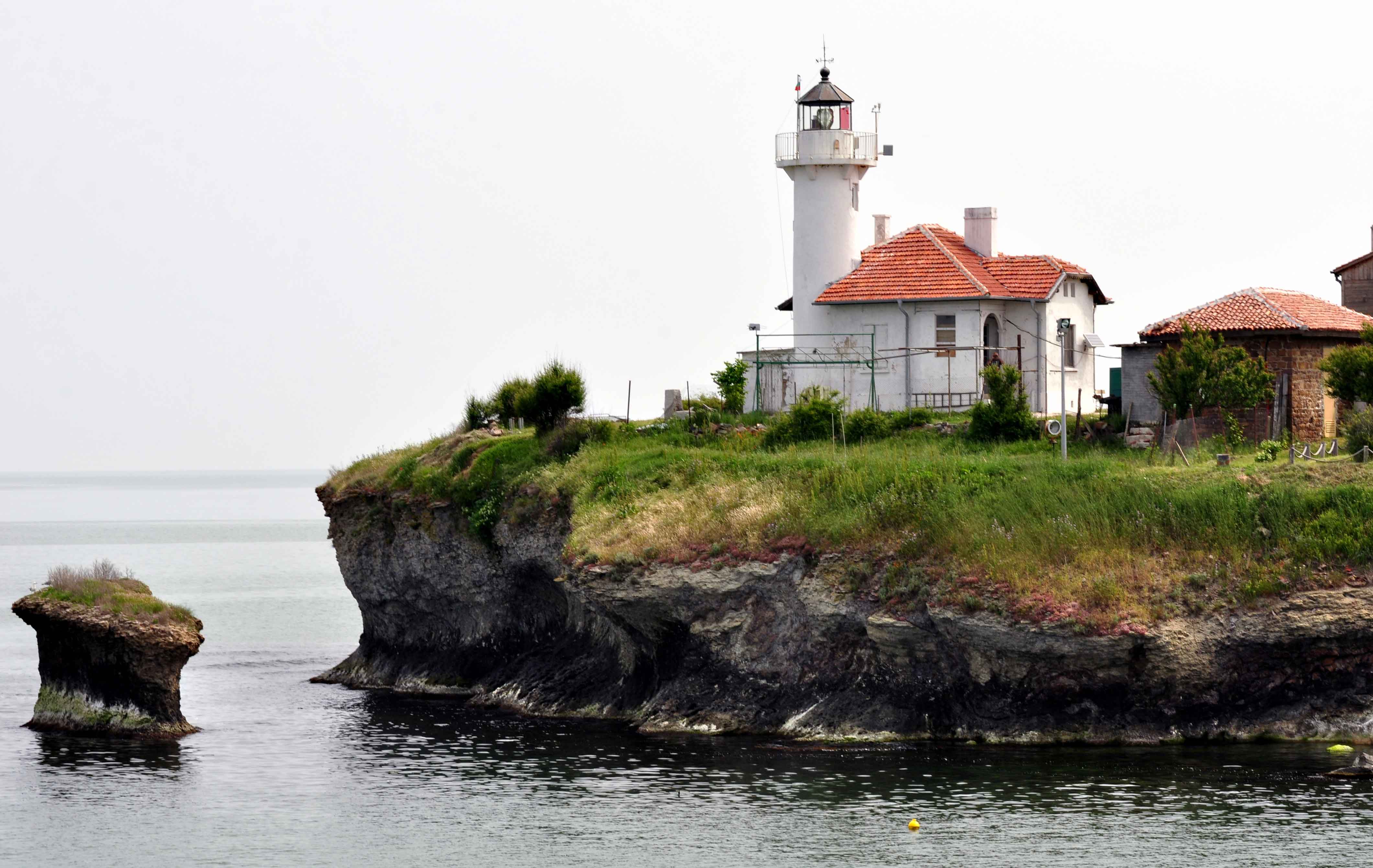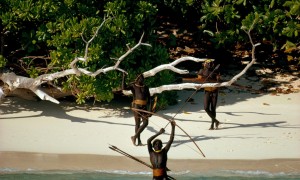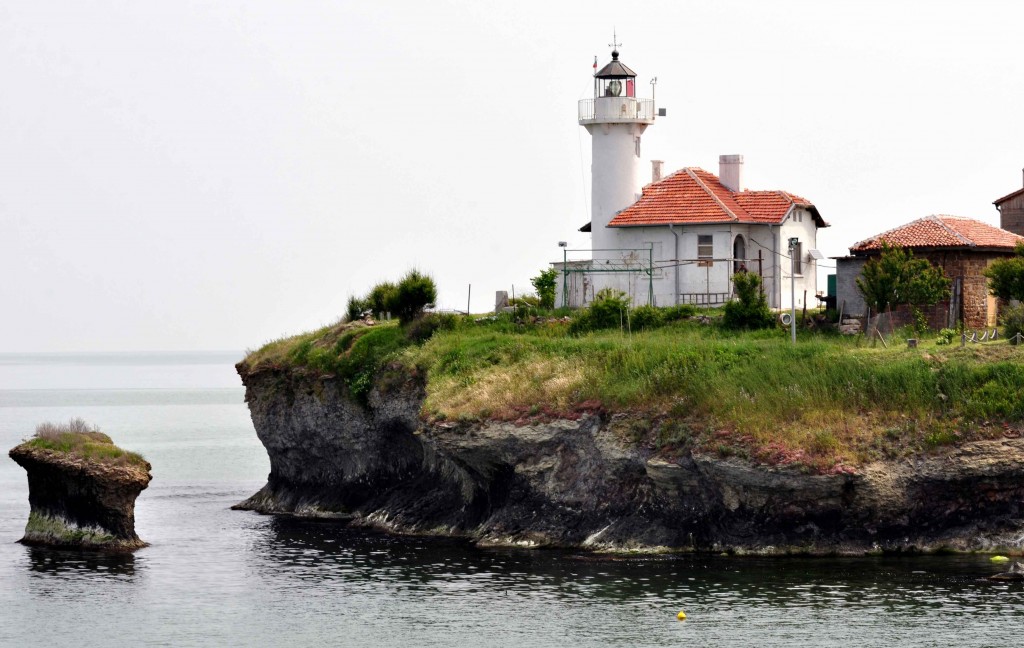
The former island of Bolshevik was completely transformed and ready to welcome adventurers.
How many times have you longed to escape from the big city and wake up on an island in the sea with a cup of coffee in hand. Without newspapers, television and the Internet. Walking around the small piece of land all day long, which smells of herbs and freshly cut grass. From all sides to be surrounded by water and ”singing” birds flying over your head.
You don’t have to travel thousands of miles to feel the effect of the break with civilization. Welcome to the Bulgarian Island St. Anastasia!
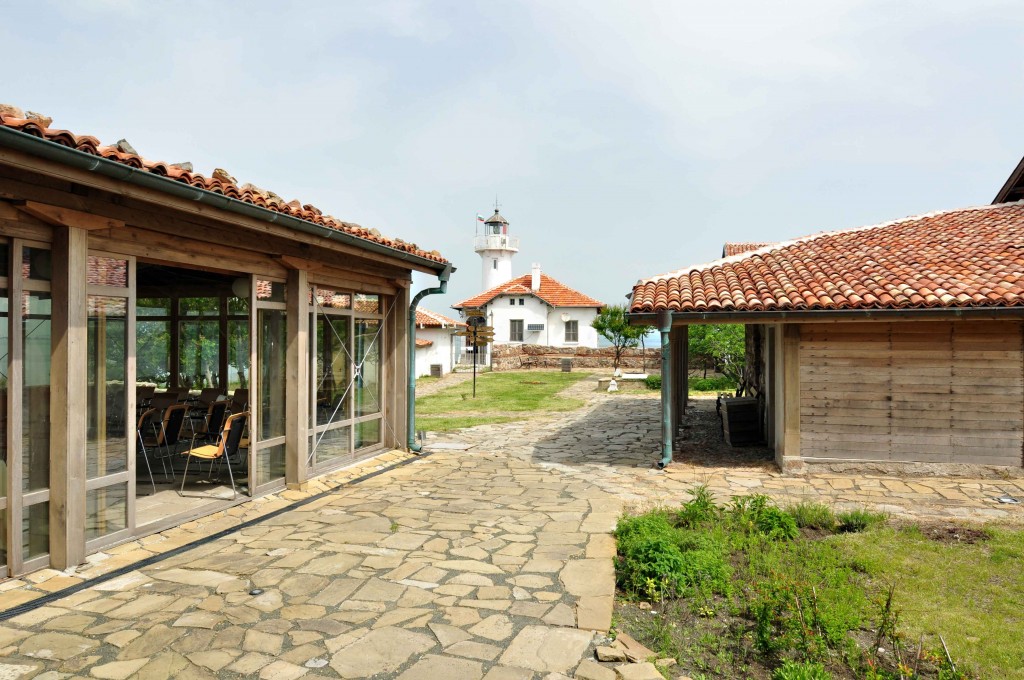
Located just 6.5 km from Bourgas, the former Bolshevik island is completely transformed and ready to welcome adventurers. With our pioneer spirit we are heading to the small piece of land in the water area, to check whether the legends living on the island are exaggerated. Or actually it is a heavenly place, which has the power to enchant free people like us.
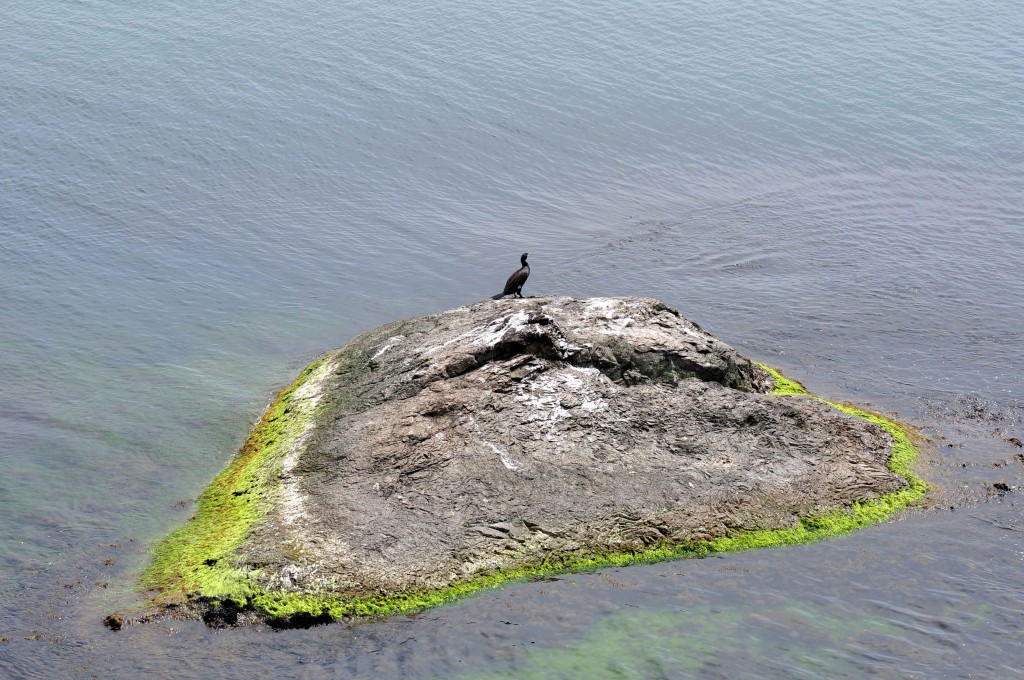
St. Anastasia is one of seven Bulgarian island in the Black Sea and the third largest. Its area is only 22 acres which can be crawled for no more than 10 minutes. The larger islands are St. John (180 acres) and St. Kirik (80 acres), located near Sozopol. However, they are not suited to longer escapes from civilization. And do not have such an interesting and dramatic history, as St. Anastasia.
Over the centuries, the island changed several times its purpose. In the middle ages there was a monastery, which on several occasions has been burnt down and attacked by pirates. In the middle of the complex is the Church of the Ascension, “which has remained intact to this day.
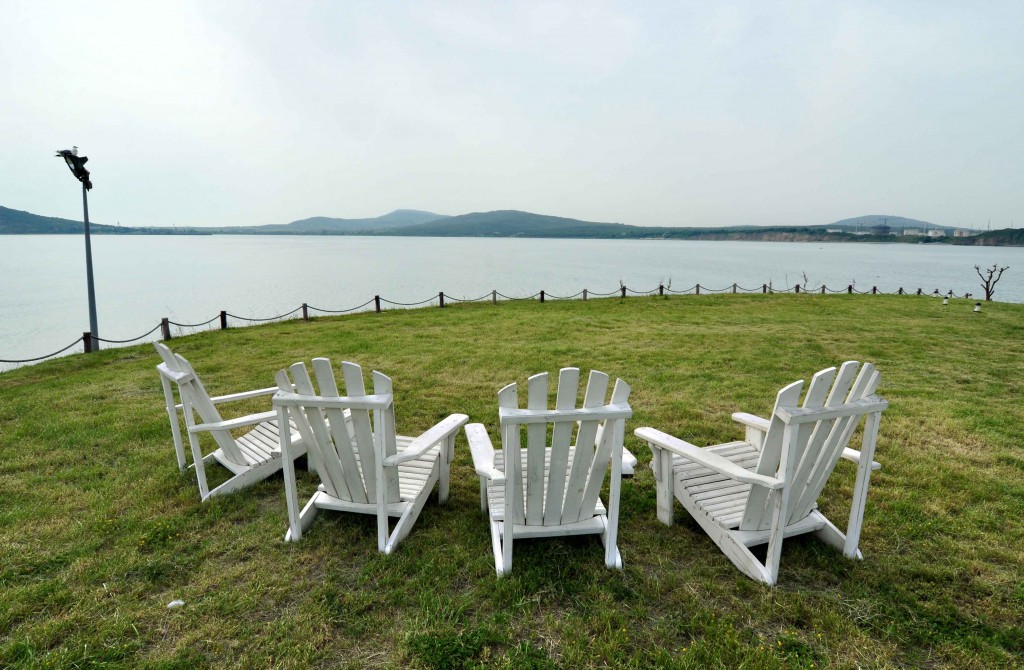
Interestingly, the monastic cloister survives through all the centuries of Ottoman rule. There are reports that King Ferdinand has wanted the place for his residence, but has received the refusal of local authorities in Bourgas. As a result, the allocation for the Church has been stopped and the monastery declined.

In the first half of the last century on three occasions, the island became a prison. Part of the monastery premises become cells in which there were locked up political prisoners for several months while the prison in Bourgas was crowded.
After the bombing at the Sofia Church “St. Nedelya“ in April 1925 on the island were locked 90 anti-fascists and opponents of the former political regime. Some of them received death sentences. A few days before being sent to the gallows, they managed to organize a rebellion. The guard is locked to the lighthouse, 43 Communists managed to escape with the help of two boats and swimming to the opposite shore in Cape Chukalia. The band then goes through an entire Strandja and get away to Istanbul, where a ship is transferred to Odessa.
The irony is that some of the escaped prisoners later died in the camps of Stalin. Others manage to complete their higher education in Moscow and return to Bulgaria as the heroes of “the people’s power“. In honor of their revolt, the island is renamed – Bolshevik in 1945.
Also in honor of the fugitives the island is watered and electri. From the nearby army base Otmanli has been taken plumbing line that pass through pipes on the sea floor. That’s why the island’s pier there is a complex big sign – facing an anchor. It warns vessels not to throw anchors in the area as there is a danger to destroy the connection with the coast.
In more recent times the island became the refuge of the intelligentsia. Poets, musicians, writers and filmmakers have visited it to draw inspiration. The poet Hristo Fotev, who spent much of his time there, earned the nickname “Governor of the island”. There are taken pictures and movies like “Small island“ with Director Rangel Valchanov and “Island” of Kamen Kalev (featuring Laetitia Casta).
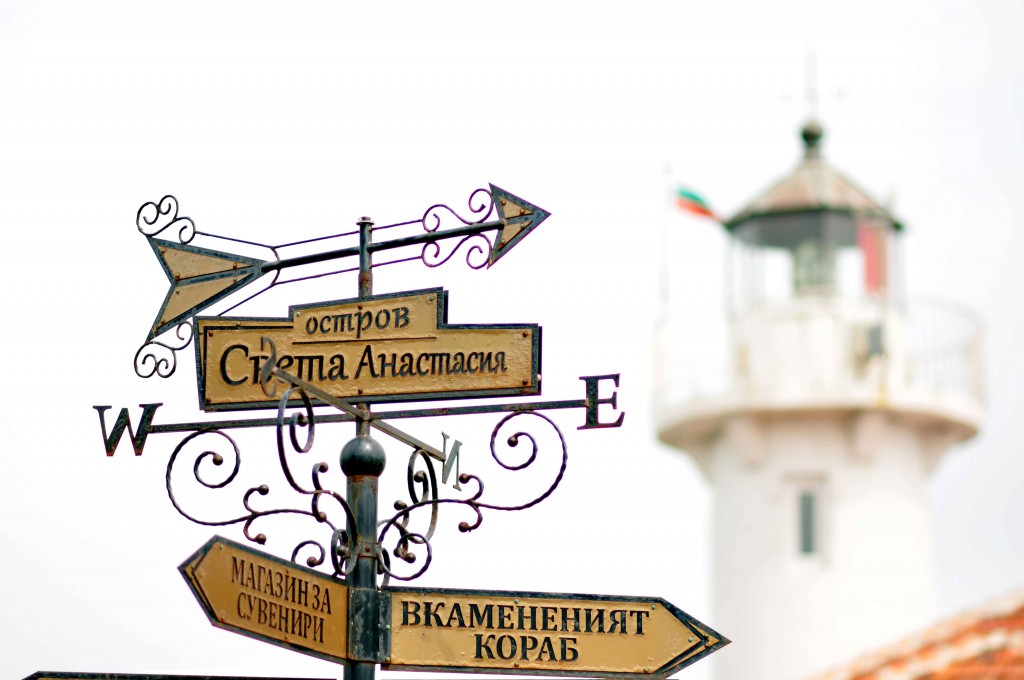
Today St. Anastasia is the only Bulgarian Island, turned into a tourist attraction. It has a Governor, elected after a public competition, who welcomes guests personally and walk them around landmarks.
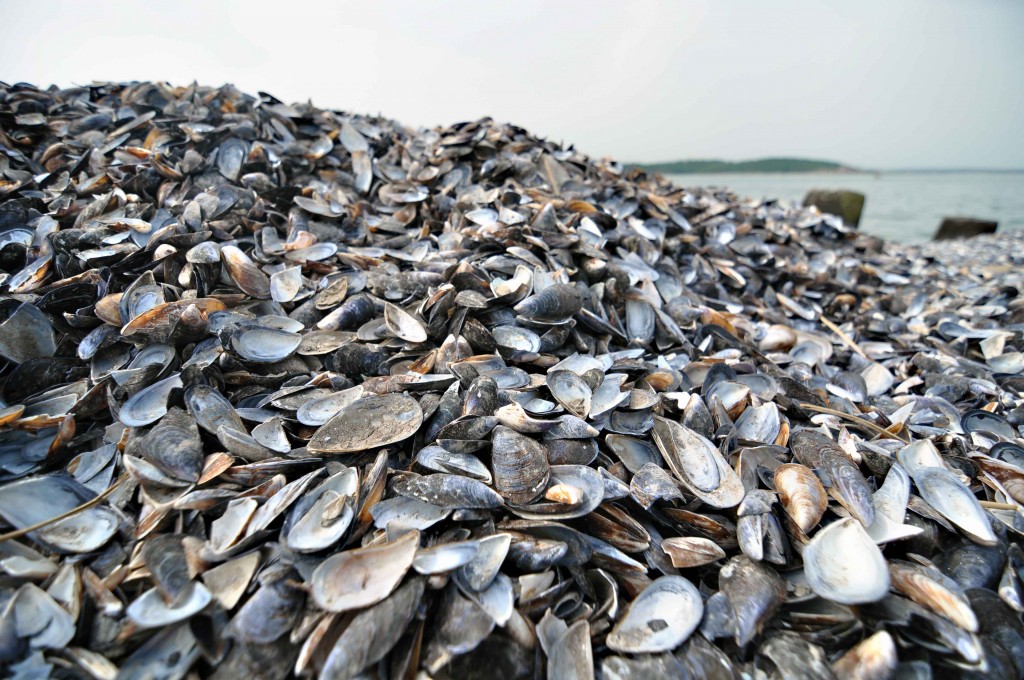
If you step on a small jetty on the island, you will notice a small pebbly beach. On it are placed wooden lounge chairs, you can enjoy the sea and the ships anchor in the Bourgas Bay. Followed by a slight climb past the shells of clams South Beach. On both sides of the aisle there are meadows, of which also reveal beautiful views. At the north end of the island there are interesting rocks, called Sponge and Stoned ship.


In the Centre of the island is the medieval church. There is a museum next to it, a souvenir shop and guest house, which can accommodate up to 14 people.
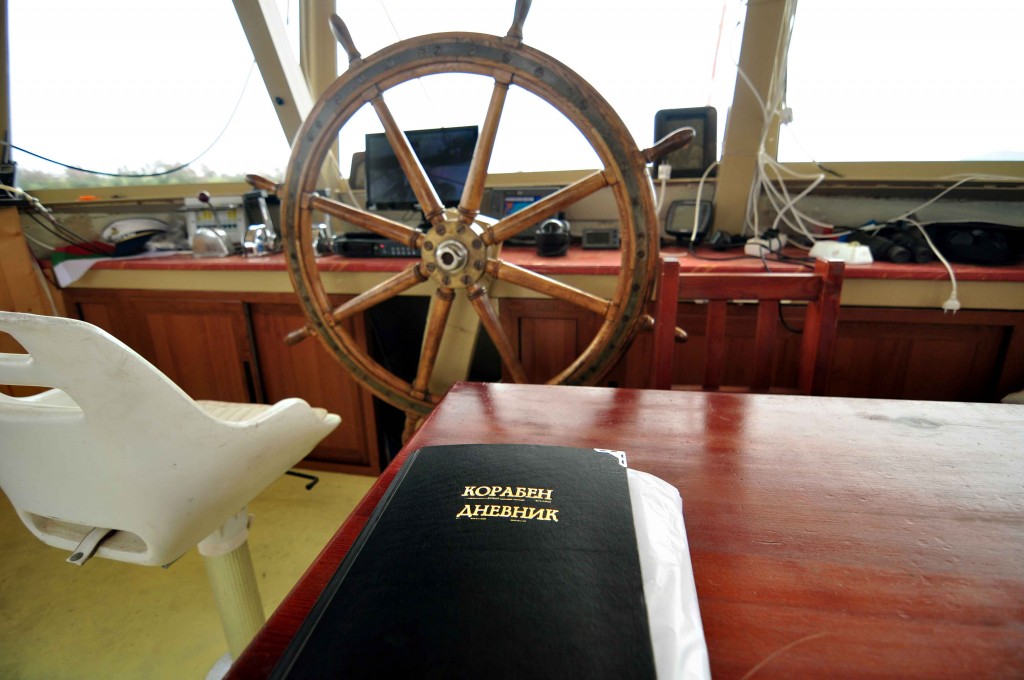
St. Anastasia can be reached by boat, which leaves from the large bridge in The Sea Garden. You can find tourist boats to the island in some of the neighboring beach resorts – Sozopol, Nessebar and Sunny beach. The other option is to rent a water taxi. Owners of fishing boats in Bourgas offer such services for a fee. Once you get to the pier on the island, you will be requested to pay a symbolic entrance fee of 1 BGN per person.
source and photos: here

